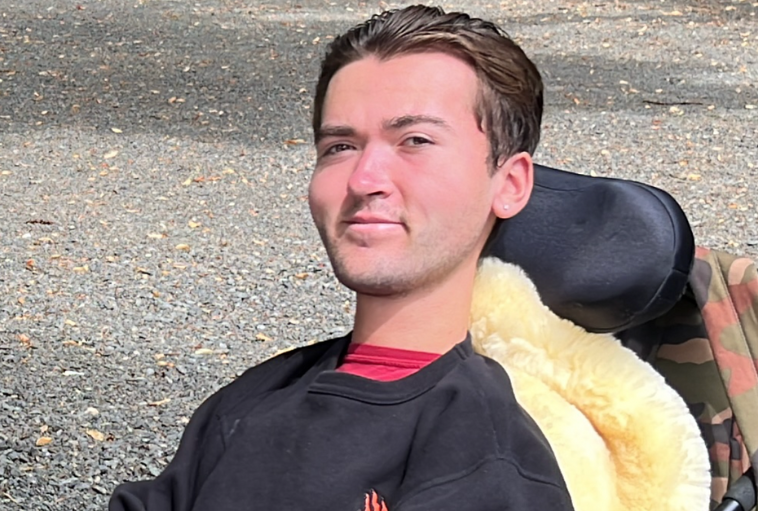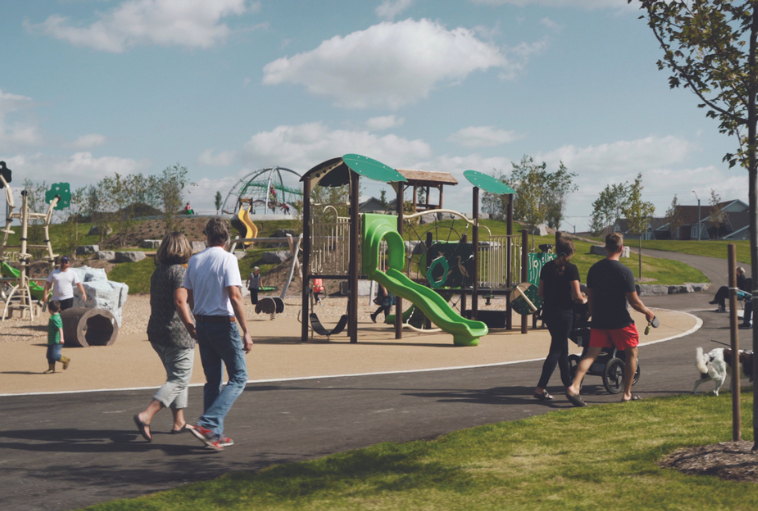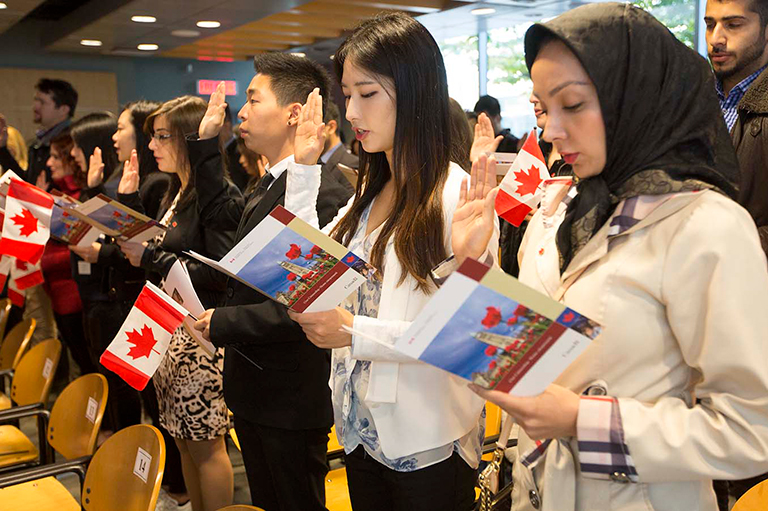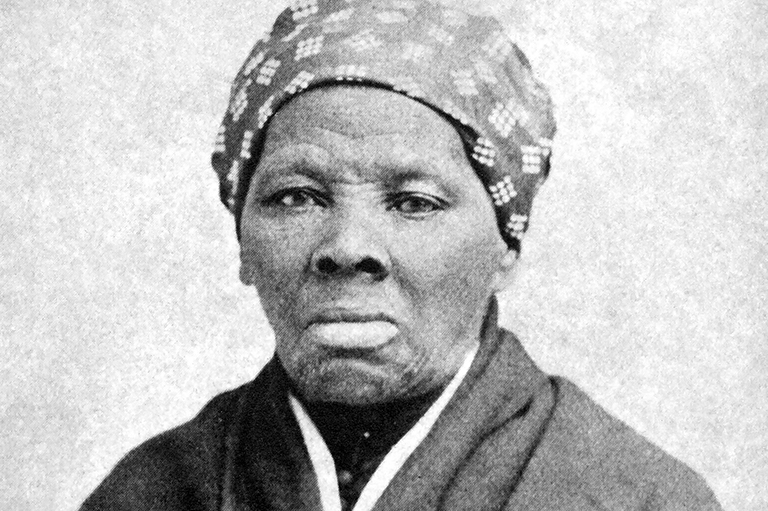Teaching about Disability in Your Classroom
These activities are inspired by the DisAbility issue of Kayak: Canada’s History Magazine for Kids.
Distribute copies of Kayak’s DisAbility issue to your students and read through the magazine together before starting this lesson.
Activity Overview
Students will be tasked with reading Kayak’s DisAbility issue, either as a group or individually. Teachers are encouraged to do further reading into the topic through the provided resource guide. Students will also engage with the importance of using language in disability studies.
Activities
Language Matters
This activity will ask students to explore the role of language in disability studies. Teachers are encouraged to explore with their students what words are appropriate or not and why. They will also explore language as it affects identity, through the use of person-first language and identity-first language. Students will be encouraged to evaluate their school communities for accessibility improvements.
Provide digital or paper copies of the articles “Disability is Not a Bad Word” and “No Good Way to Use the R-Word” by Michael Baker.
With your students, explore the importance of language in disability studies. Ask them to reflect on words they’ve heard or read before, both good and bad words. Ask your students: why do words matter? How do words make us feel? What words should we or shouldn’t we be using in our classroom? This could turn into a class contract where students and teachers commit to using more inclusive language and learning about what words are harmful and why. It’s important to note that this could be a difficult conversation and may be triggering for students or teachers, but its an important conversation to adequately interrogate the role of language. Remember to celebrate disability as diversity.
Person-First versus Identity-First Language and Resources
Person-first language foregrounds the individual before their disability, showing one’s identity is not solely defined by disability. For example, saying people with disabilities, versus disabled people. The latter emphasizes the disability of the person and is known as identity-first language. Both can be used under different circumstances, and there is no universally preferred method since some people might see their disability as an important part of their identity.
An important thing to remember when exploring the differences in language is that in many cases its not always relevant or necessary to point out a person’s disability. Rather it is more important to acknowledge persons with disabilities as exactly that — persons. Nor does a disability need to be something seen as unmentionable or inherently negative.
Read this article on the differences and uses of each type of language: “Person-First Language vs. Identity-First Language: Which Should You Use?”
Provide your students with this list and ask them to review the types of language used in each phrase. Is it person-first or identity-first? What suggestions do they have for any inappropriate phrases?
- Person with autism
- Disabled person
- Quadriplegic
- Wheelchair-bound
- Handicapped person
- Person with an intellectual disability
- Diabetic
Ask your students to evaluate news articles online or from magazines, social media posts, or institutional websites for their use of language regarding disability and accessibility. Pose these questions to your students:
- What types of language do you notice? Are they appropriate or not?
- Reflect on language you’ve heard or used before. What would you suggest needs to change?
- Was anything surprising about the articles?
- What improvements could be made?
Accessible Icon Project
The Accessible Icon Project’s goal is to transform the original International Symbol of Access into an active, engaged image, opposed to the static image of an individual seated in a stationary wheelchair. Explore the element breakdown and the significance of the project at their website.
Ask your students to read two different perspectives on this topic in the article “The Great Blue Man Debate: Two Views.”
Pose these questions to your students:
- What arguments from the articles do you find most compelling?
- What actions of meaningful change do you think could be made in the world? In your community? In your school?
- What do you think of when you see the International Symbol of Access?
Ask your students to get creative and create their own colouring pages, murals, or host a drawing contest to change signs around your school.
More Reading on Accessible Icon
- Hopes that new accessibility icon a sign of the times, Winnipeg Free Press
- Episode 102: Icon for Access, 99% Invisible
Extension Activities
- Using the Eugenics Archive World Map, have students choose a country and create a presentation on the eugenic history provided.
- Using the Eugenics Archive Canada: Key Political Figures, have students choose a key Canadian political figure who advocated for eugenics. Using this introduction, have students create a research-based brochure.
- Explore the “United Nations: The Convention on the Rights of Persons with Disabilities” EasyRead edition(s). Have students create a collage to represent their learning.
- Teach students the difference between the “Social Model” and “Medical Model” of disability.
Resources for Educators
Disability studies is a wide-ranging topic that intersects with a lot of contemporary and historic discourse. We encourage teachers to continue educating themselves in the area and their students with the included resource guide that expands into many other topics.
- This is a small introduction to Disability Rights — Past to Present. A very comprehensive and user-friendly read.
- Down To the Struts: A Podcast about Disability and Design
- 99% Invisible, Podcast Series
- The Disability Visibility Project, Podcast Series
- Invisible Institutions : Documentary Podcast Series
- Unfit, Radiolab Podcast
- The Right Stuff, Radiolab Podcast
- Video-Documentary: Crip Camp
- Video: Building Critical Consciousness for Educational Equity, Nicole West-Burns, Ph.D.
- Video: To Imagine Disability Otherwise, Linda Ware
- Video: Disabling Segregation, Dan Habib
- Eugenics Archives, Social Science and Humanities Research Council of Canada
- Eugenics History in Canada Timeline
- Video: Jordan’s Principle Documentary
- Convention on the Rights of Persons with Disabilities, United Nations
- Terminology: key terms found in critical disability studies, University of Minnesota
- Strategies for Building Your Inclusive Classroom — From Beliefs to Strategies, Learning Disabilities Association of Ontario
- Rights of People with Disabilities, Government of Canada
More Ways to Teach about Disability in Your Classroom
Themes associated with this article
Advertisement






